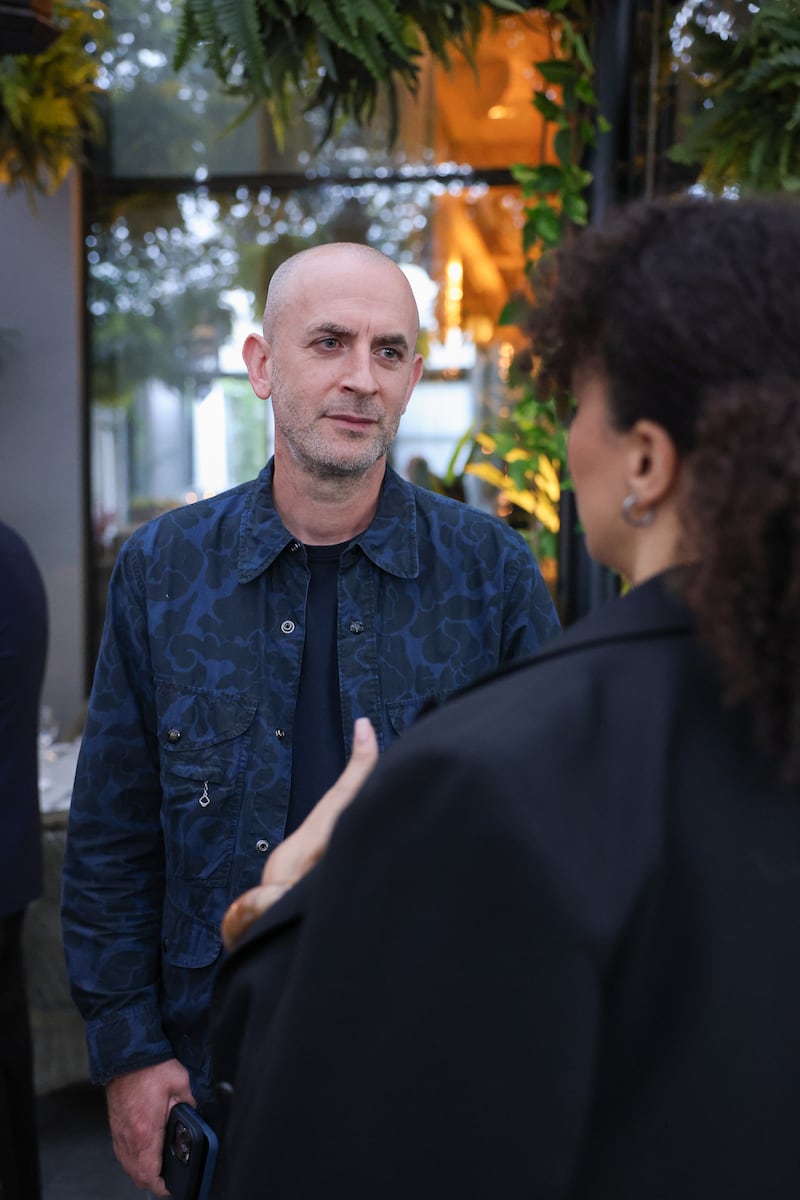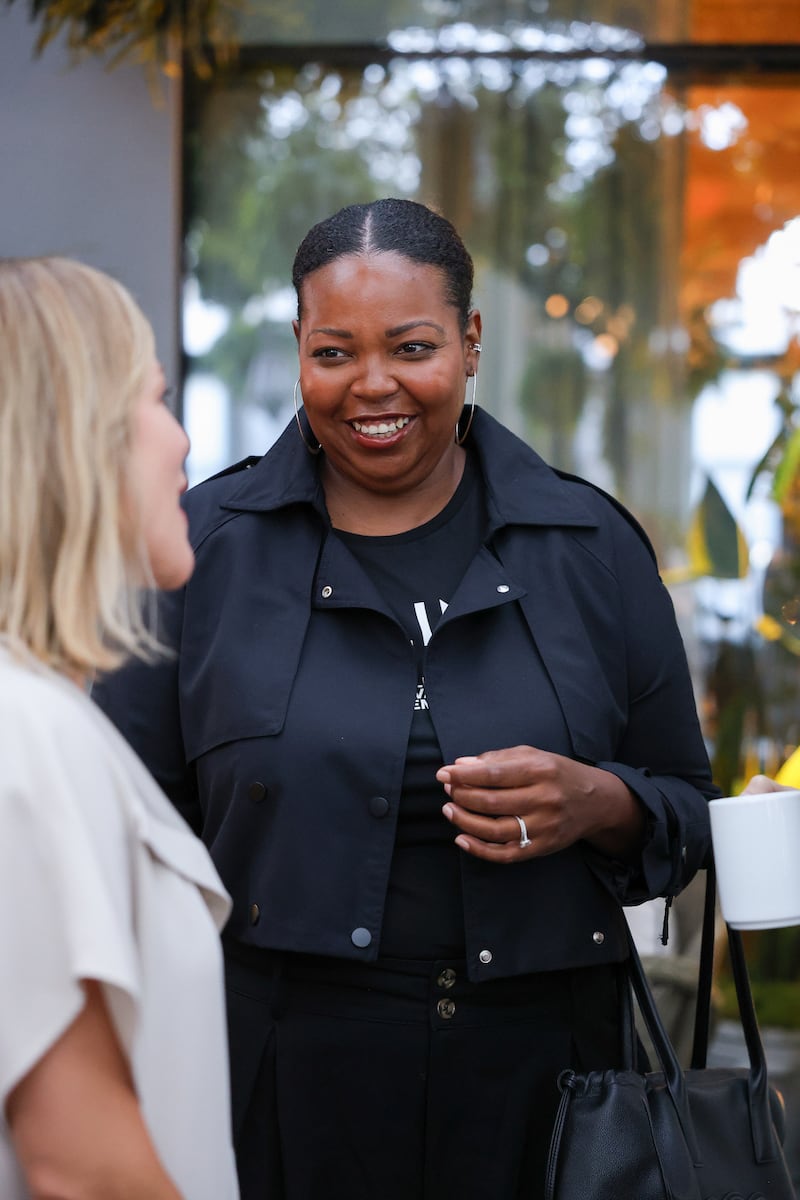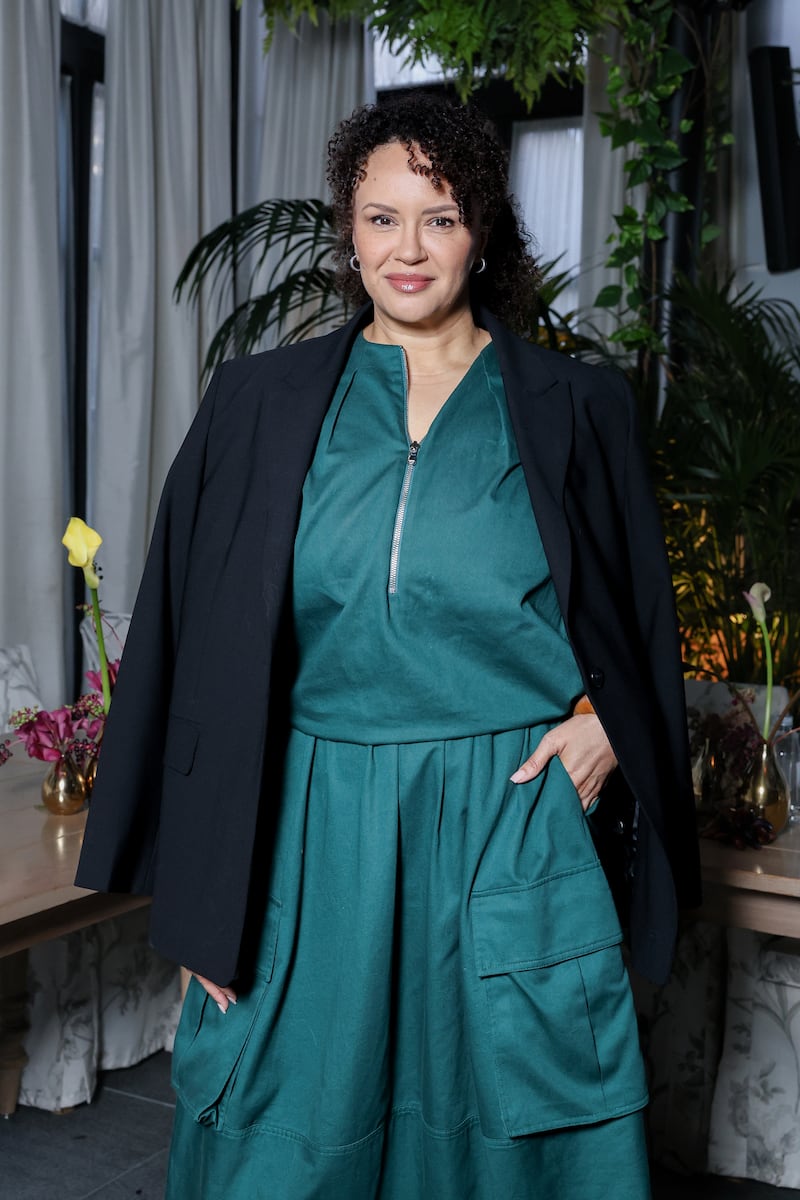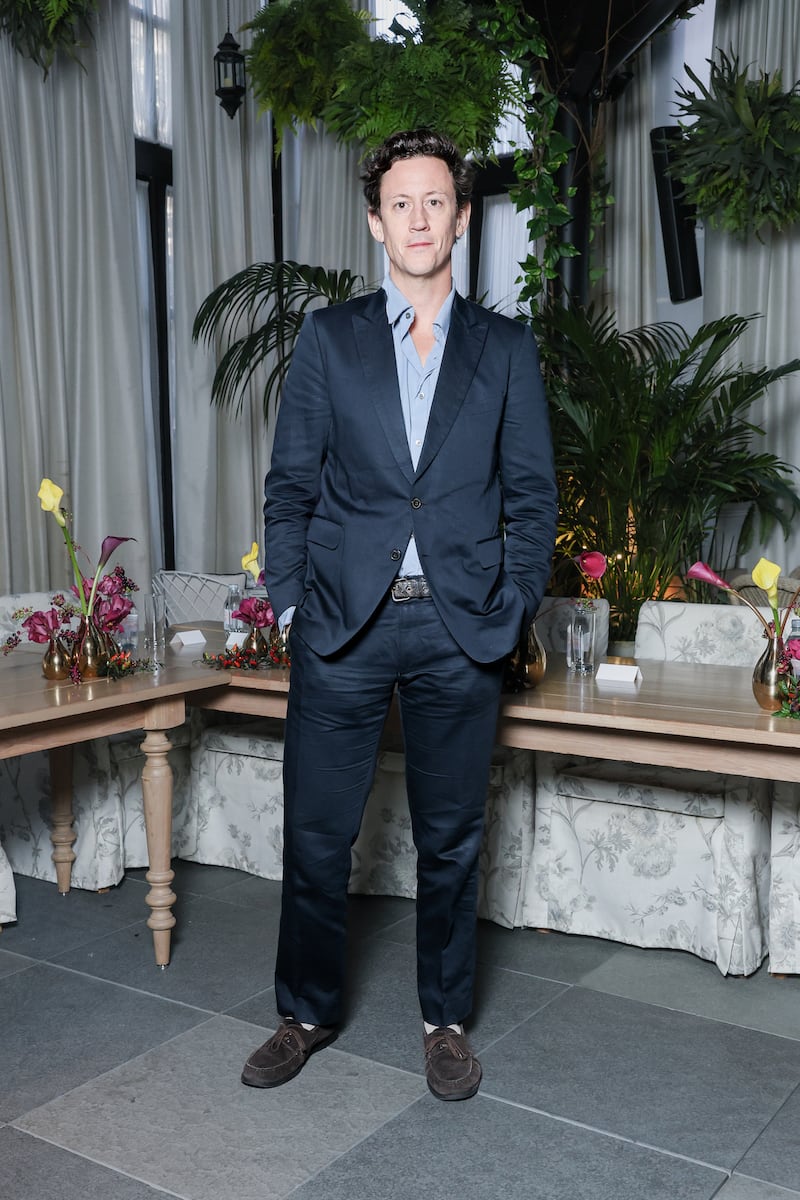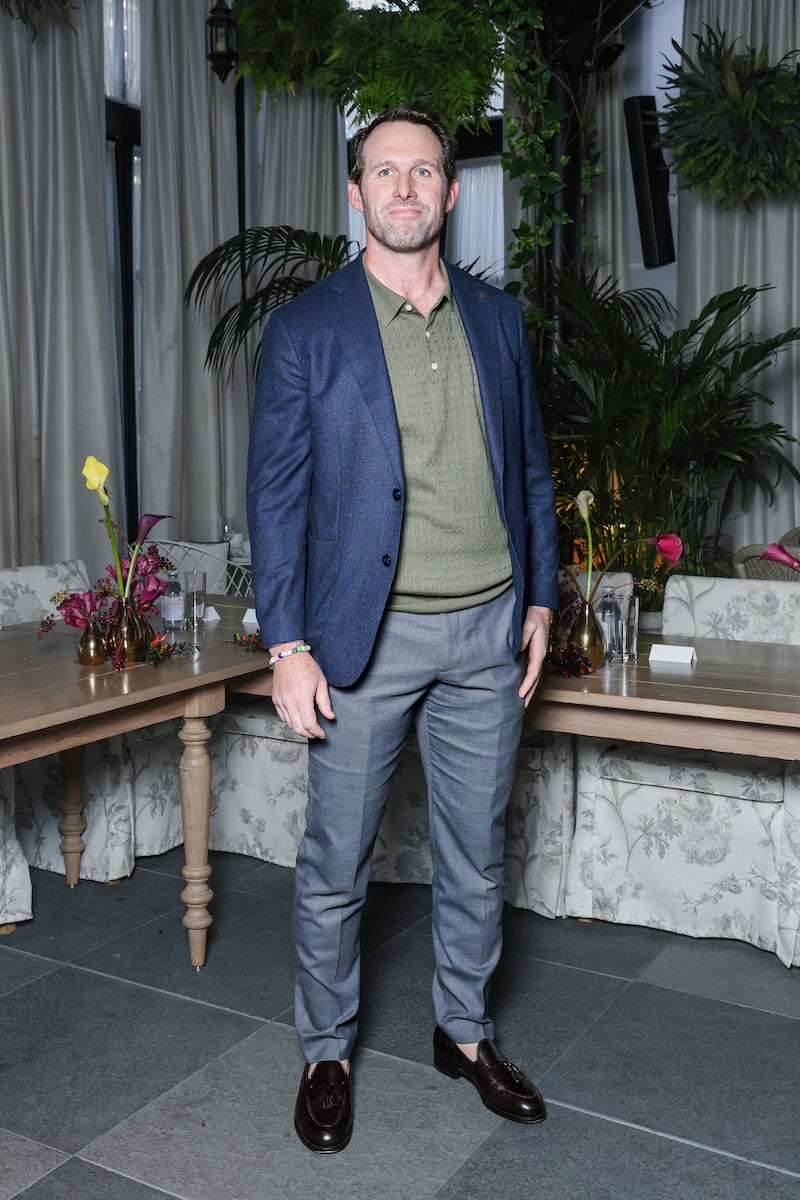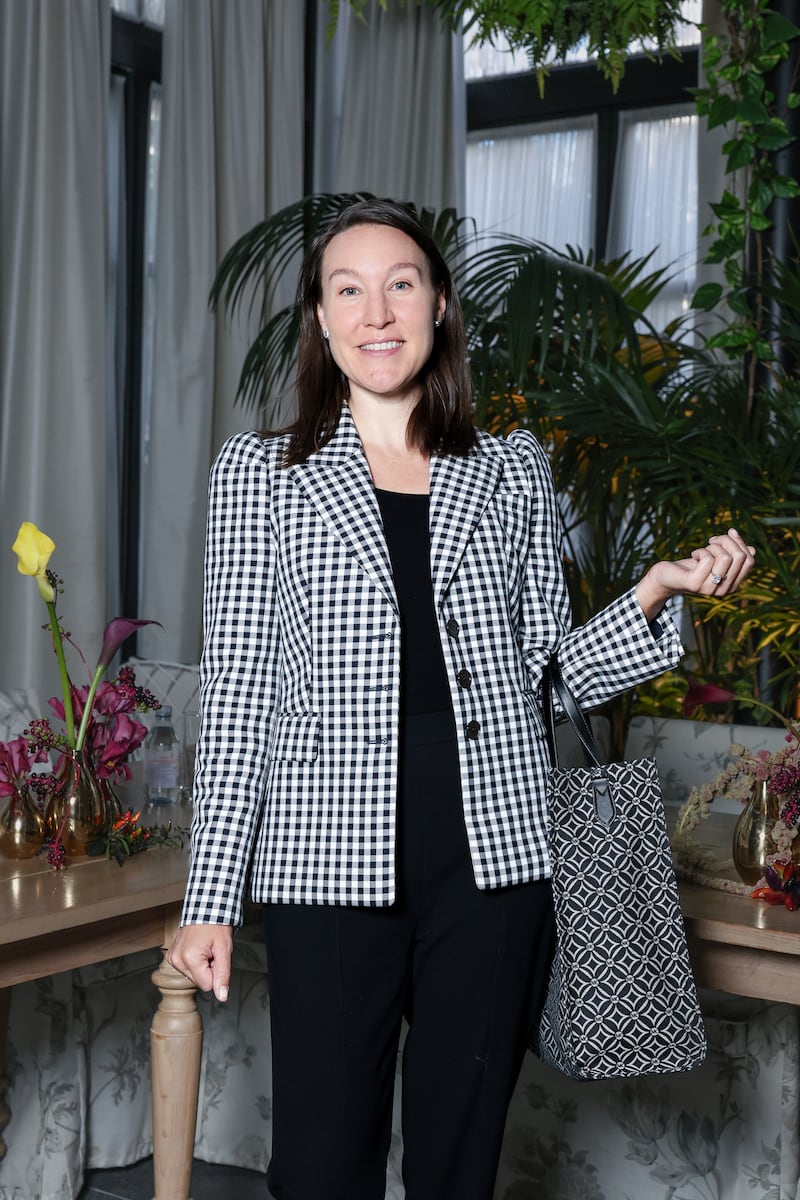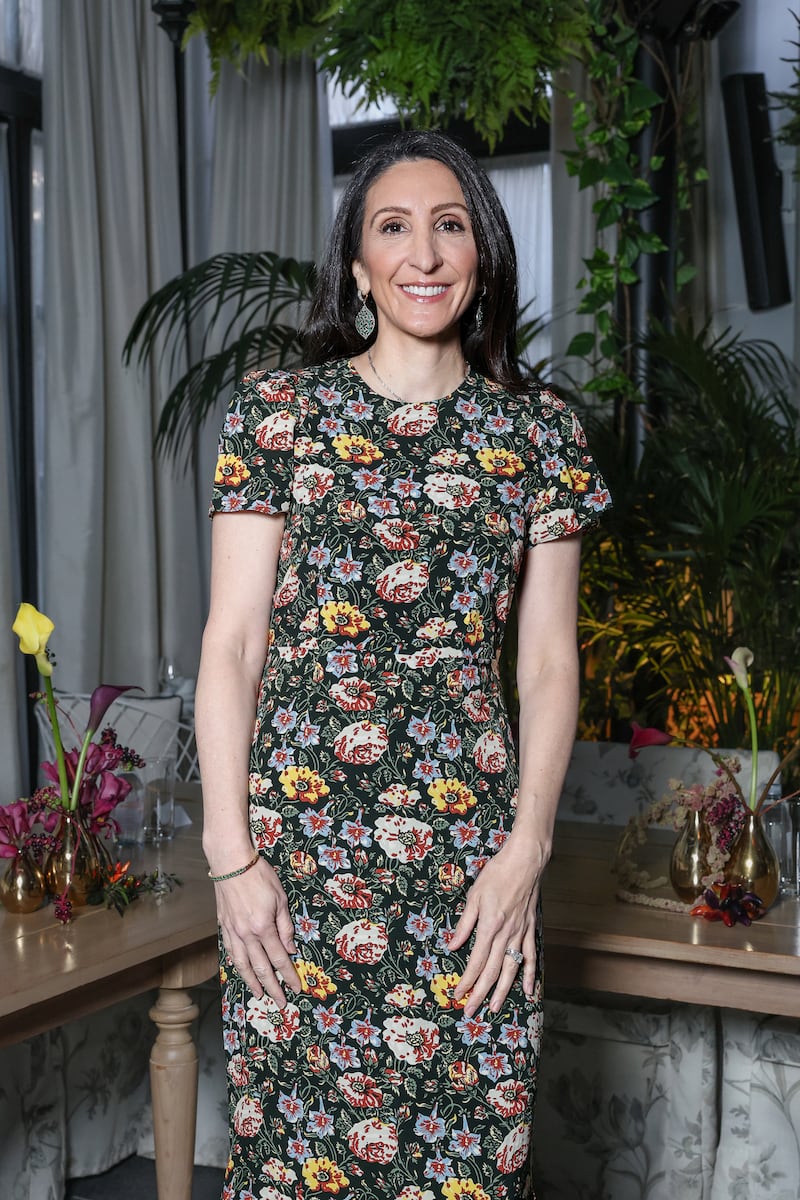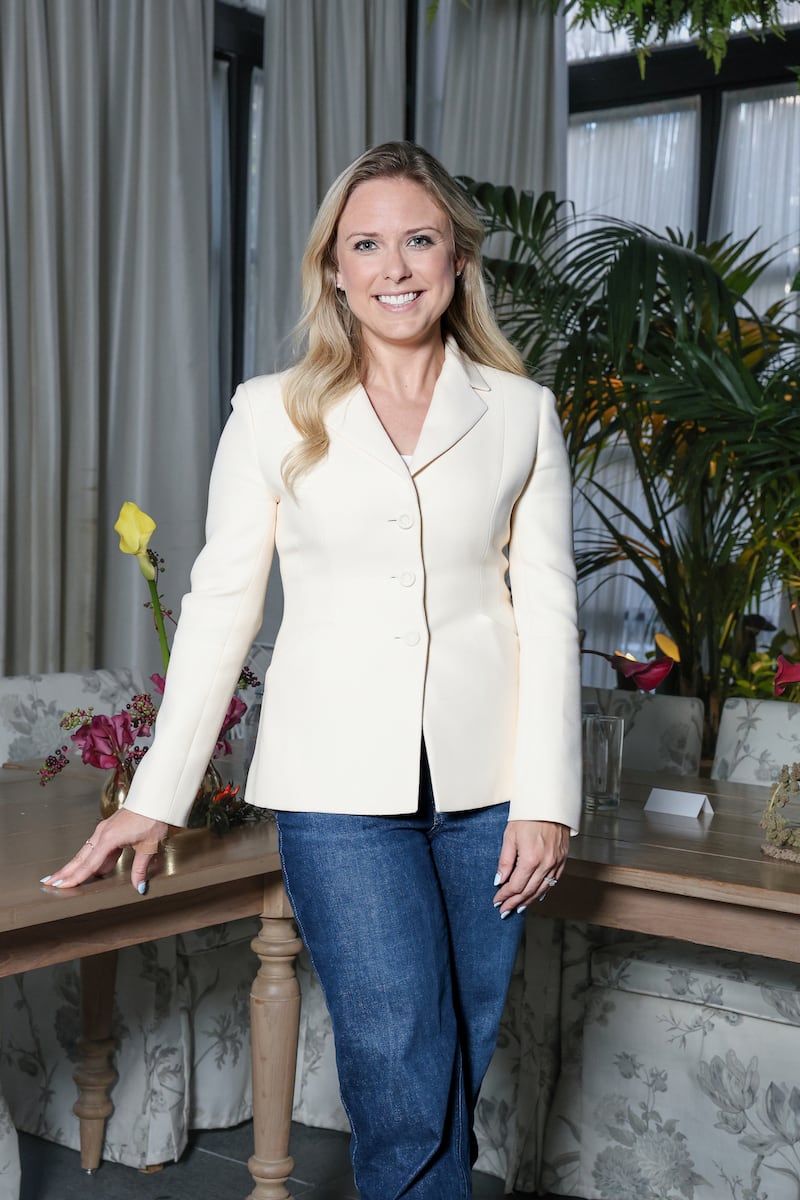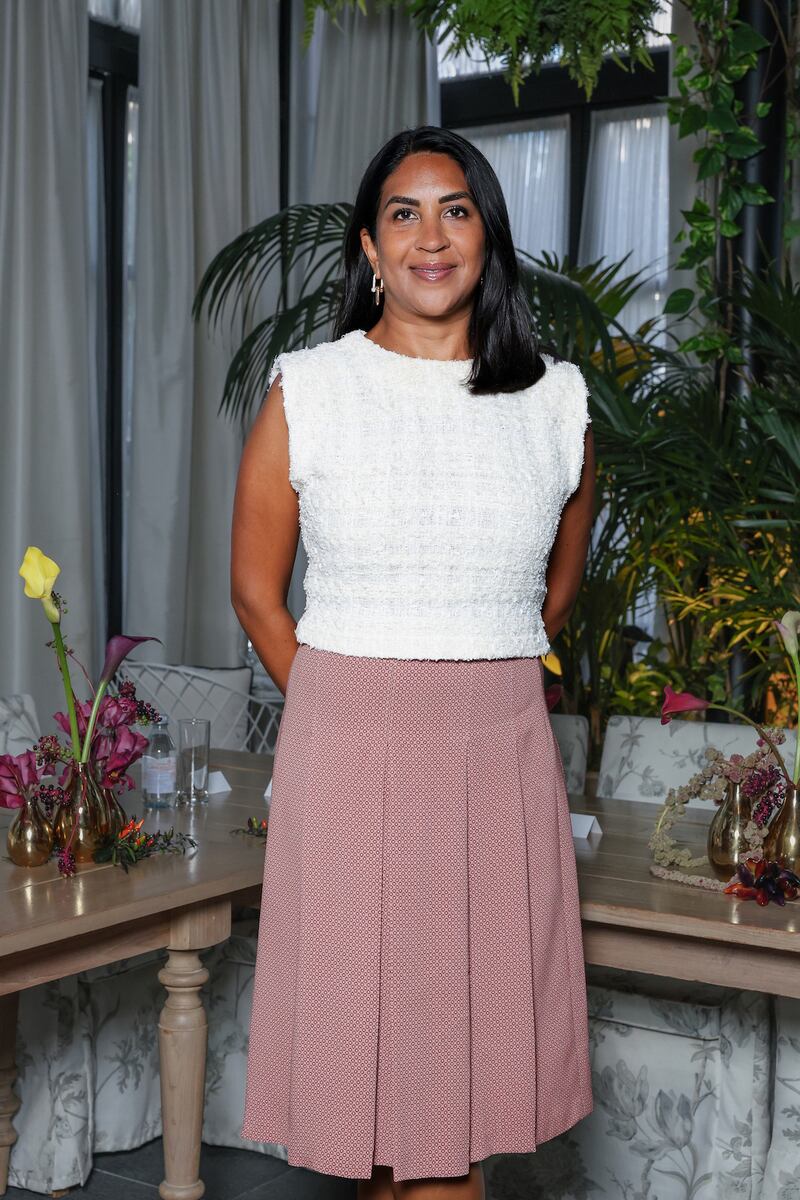
With a feed driven by an interest-graph rather than a social graph structure, TikTok provides its audience with content based on individual interests dictated by their activity on the platform rather than who they follow. Through this approach, TikTok has popularised niche and idiosyncratic subjects that appeal to our specific interests, which has subsequently unlocked digital intimacy at scale.
Seventy-two percent of TikTok users say it is easy for strangers to connect and bond around shared life experiences on the entertainment platform, according to TikTok Marketing Science Global Diversity on TikTok Study 2022 conducted by Flamingo Group, commissioned by the platform in 2022. Meanwhile, 75 percent of users feel like a part of a network of people with shared interests on TikTok, as reported by the TikTok Marketing Science Global Community and Self-Expression Study by Flamingo for TikTok in 2021.
Now that TikTok has amassed over 1 billion users globally in its community, fashion and beauty brands across price points are prioritising the platform in their brand and product marketing strategies. However, as an ever-changing beast of culture that both creates and influences the zeitgeist, consumer sentiment and behaviour, how brands can effectively and authentically reach these communities is changing. What’s more, the TikTok audience has high expectations around how brands turn up in these conversations and seek to engage them.
To learn more about how different fashion and beauty brands are engaging on the platform today, BoF and TikTok co-hosted an executive roundtable breakfast in New York City at the Edition Hotel in Times Square ahead of New York Fashion Week. The event welcomed brand and business leaders to share their expertise and learnings from operating in fandoms and working with the content creators and ambassadors within them, as well as how, where and when brands can establish a presence in TikTok communities’ conversations.
In attendance, industry leaders from TikTok, Calvin Klein, Christian Dior, Fendi, LVMH, Michael Kors, E.l.f. Beauty, Paula’s Choice, Tiffany & Co., Unilever Prestige and Van Cleef & Arpels joined the breakfast. Below, BoF shares anonymised key learnings from the event, conducted under The Chatham House Rule, on the discussion.
Brand presence is driven by community as much as brand
Inevitably, fashion and beauty brands today are showing up on TikTok whether they choose to or not. Content creators will discuss and engage in brand image and their products, redefining brands’ historic control over their image online.
“Even if you’re not actively on the platform, your brand is and the conversation around your brand is,” said one attendee. “So, it’s just a measure of, how much do you want to engage and fan those flames, or help try and understand where else [you] should be engaging based on where [the conversation] is already happening.”
“Not participating is still very much an active decision,” they added. “The audience at large sees brands as having a responsibility to engage and so when they don’t engage, that is seen as an active decision, which is a challenging position to be in. There is this presumption that, whatever conversation is happening around you, [you are] going to show up.”
Even for brands on the platform, they can find that community content — whether created by brand ambassadors, prosumers or wider user-generated content (UGC) — can have a wider reach than a brand’s own content, due to the sheer volume of content created or the way in which TikTok’s For You feed can help anyone’s content spread quickly.
Content creators can also play a critical role in narrative and brand storytelling on your behalf. “A lot of the communities are ambassadors without us being involved and they are the ones who are explaining [the brand and its quality]. And there’s a lot of creativity there, so we’re watching,” said one attendee.
“The reality is, the conversation that the customer drives is a far greater proportion of whatever a brand itself might do,” said one guest. They added that, while some brands remain “silent,” it is the “brands that respond to what they’re seeing [which] are the ones that are ultimately pushing a clearer sense of who they are.”
Actively engage with your brand community and their comments
“Go straight to the comments,” said one guest at the roundtable event in New York. “That’s what you need to be talking about, because that’s what your community is talking about.”
“We have been talking about best practice in the market, forming a dialogue with your community, for years. In reality, I think the industry [previously] saw this as almost a series of emails — it was their customer care. But now, these dialogues actually exist around content. So perhaps you could identify what you think the best active listening strategy is, or maybe just how they differ for differing opportunities,” said another attendee.
We need to either build a community or become lateral to the community and support that community, or just be in the conversation in whatever that looks like.
The comments section is a space in which TikTok communities will seek reviews from their peers before purchasing items — 57 percent of users look at the comments sections when considering a product or service on TikTok, according to TikTok Marketing Science NA TikTok Made Me “Blank” It Research 2022, conducted by MarketCast.
It is a space in which brands can monitor sentiment around their products and marketing campaigns — and often, the value comes from negative as well as positive feedback.
Entrust social teams to engage with the community
The comments section is not only a valuable tool for product feedback, but also a space where brands can, and should, show up and talk to their community. After all, 76 percent of users agree that brands that post or reply to comments on TikTok feel part of the community, according to TikTok Marketing Science Global Community & Self-Expression Study 2021, conducted by Flamingo.
“The reality is, [TikTok] is a feedback channel where [the community is] asking for you to participate,” said an attendee.
“We need to either build a community or become lateral to the community and support that community, or just be in the conversation in whatever that looks like,” said another attendee. “It’s about embracing the discomfort that can come from that, whether that is engaging with creators that are already in space, whether that is commenting […]. When you can react fast enough to say to someone, ‘Sorry this happened to you, we’re going to do this,’ and the audience sees that happen, that builds more trust.”
One attendee made reference to a campaign released with brand ambassadors in which “we gave the microphone” to the ambassador. “It’s uncomfortable for us as a brand […] [but] it comes back to authenticity. […] I think it’s really about getting comfortable with discomfort, but making sure you’re tethering it to who you are as a brand.”
“You have to get comfortable in giving more than one person the keys to the voice box and knowing that it doesn’t have to always sound the same,” added another guest. “There needs to be consistency — be sure what the brand’s values are, then be sure what the brand stands for. […] That’s the first hurdle. Before you hire, before you staff — if you figure out how to do it, there has to be a willingness to do it.”
Senior leaders must buy-in for effective engagement
Trust must be granted from the senior leaders of the business to allow for the social teams to not only respond, in a brand- and platform-appropriate tone of voice, but to do so quickly.
“The people that do it best from a brand perspective are not just those that have a sick social team — the social team […] live [the content], they breathe it. They know what’s up. But they have to get it approved if they want to do something. They have got to be able to move as fast as possible when they see a community forming, something happened,” said an attendee.
Some brands also take this a step further by having C-suite leaders demonstrate their buy-in to their TikTok audience, which generates further engagement, product feedback and seemingly strengthens brand loyalty.
“Our CEO and our CMO spend their Sundays in all comments across all platforms. [What the TikTok audience values] even more than the brand responding to somebody is when [the brand’s senior leaders] respond,” said one guest. “Product feedback matters. They are not afraid to go on a TikTok live and have an active conversation. Again and again, it’s getting comfortable with the uncomfortable, no script — we have no idea what people are going to say to you. Are you in? You have to be in.”
However, achieving executive buy-in takes time, often due to harder-to-measure objectives and KPIs. “The challenge I had is, [when] speaking to our presidents or executives, they [said], ‘I don’t know how to measure this. How do I connect this with traffic sales? You’re asking me to pull back the curtain in an industry where typically we don’t and I can’t quantify what this is doing.’ So that’s sometimes the challenge,” said one attendee.
Refine the audiences and conversations in which you engage
The discussion turned to the conversations in which brands choose to engage, with an understanding that not every conversation or cultural moment requires each and every brand to show up.
“It’s not necessarily about the scale of things — it’s about certain audiences and how you rebuild equity with the more qualified aspects of your base,” said one guest. “There are some audiences that we need to talk to and the cadence has been rapid. […] We’re very strategic about how we pick off the audiences.”
Often, content creators can help you enter into specific audiences, to borrow from their equity and standing among their communities. After all, over 60 percent of users agree that TikTok creators make them more interested in trying a new product, according to TikTok Marketing Science US Creator Ads: Elements of Attention Study 2022.
“It’s less on the celebrity of any one individual and more on the resonance that they have — and that changes,” said one guest. “We see that, every day, where maybe a subcommunity is incredibly small, one individual has such a voice of that [group], like Brandon the Plant Guy for PlantTok or something like that — [but] how do we find who is resonating and showing up or relevant? That’s what drives that authenticity.”
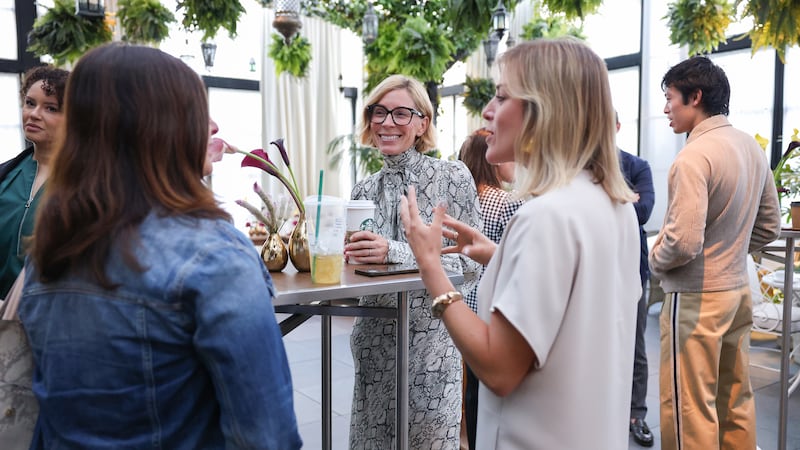
The group briefly spoke about the TikTok One platform, a centralised location to understand insights happening in the space, whether it is trends or narrative devices, where they are showing up in some communities and who the creators are within those subcommunities that are driving the most resonance, whether that’s through engagement or action.
“[Distinguish between] what is a fleeting moment and something that [you] don’t necessarily have to play there, so [you] should let it go, with what aligns [more] to a brand tenant [and] to [your] most important community, [so you] should invest with an authentic voice that way.”
“Be aware of the conversations happening everywhere else and see what subcultures make sense,” said one guest. “The biggest, most important thing is, if it doesn’t make sense, you don’t have to take part in it.”
Engaging in growing fandoms
Key communities to unlock on TikTok is the growing fandom space — those groups that amalgamate around certain individuals, cultural and creative moments, even sports. Accessing fandoms that have typically been underserved can unlock a new audience with whom brands can connect.
“We try and look at people who have fandom, and it may not be huge, but it’s passionate and people that are really locked on to something that is just below the mainstream or bubbling up. […] Where you find a group of people who love a person, a personality, love what they stand for, and you show them to the culture in a way that no one has seen before, but also really recognises what that core community perhaps valued, you get disproportionate buy-in from that group,” said one executive.
“They become disproportionately passionate to help you tell that story. I think that’s really important. Rewarding people, making them as fans feel seen, giving them things that they then can share with the rest of the world,” added another.
BookTok was raised an example — a digital community in which book fans organically gather, share authors, comment on new writers. “They find each other and that directly translates in real life to the publishing industry,” said an attendee. “So, the first thing about fandom is that it actually does drive clear impact […]. So lean into the fandom.”
Our CEO and our CMO spend their Sundays in all comments across all platforms. […] They are not afraid to go on a TikTok live and have an active conversation.
Fandoms can also help unlock certain communities without alienating larger groups, which can occur when marketers lump generational cohorts together in their targeted advertising. That includes the assumption that TikTok as a platform is solely used by younger cohorts, when the average age of users is over 30.
“[Gen-Z is] so disinterested in being put in a box. They want to contribute. They want a voice. And brands historically are not set up that way. TikTok gives them a little entry into what it would be like to influence a brand. What if there’s real dialogue with a brand? And that’s what they crave now; they will demand.”
Avoid fixating on essential KPIs to track
“The emotional connection that [we are] talking about, we can’t put in a KPI,” said one guest. “A word that we’ve been talking about, beyond community, is citizenry. How do we get [the] community to be vested — to not only live in our community and pick up their mail, but like, how do we get them to vote? To help the neighbour? To put it in that kind of setting. That’s citizenry — now I’m vested and the community is vested back in us and building that relationship.”
The comments section was again identified as the strategic and “obvious way to participate” in driving citizenry forward.
“As you get into the comments, you actually start to see some of the richness that exists, but you see the questions back and forth between the creators [and] when brands jump in, [they are] giving the stamp of approval like, ‘we recognise that this conversation is happening and this person is extending our brand equity on our behalf in some cases’,” said another guest.
Sometimes, the TikTok community and the content they create can have a direct impact on sales, with 49 percent of users having bought products in-store as a result of time spent on TikTok, according to TikTok Marketing Science Global Shopping Ad Products Study 2022, conducted by Material. This behaviour can be leveraged to directly inform retail and design strategies.
“We had been seeing this theme around sparkles and we were correlating it to sales, and [discovered] it was something that was going viral on TikTok,” said one attendee. “Instead of sitting around a table and thinking, what is going to be our next strategy, it is going to the platform and then there you have the content for what you can create.”
This is a sponsored feature paid for by TikTok as part of a BoF partnership.

